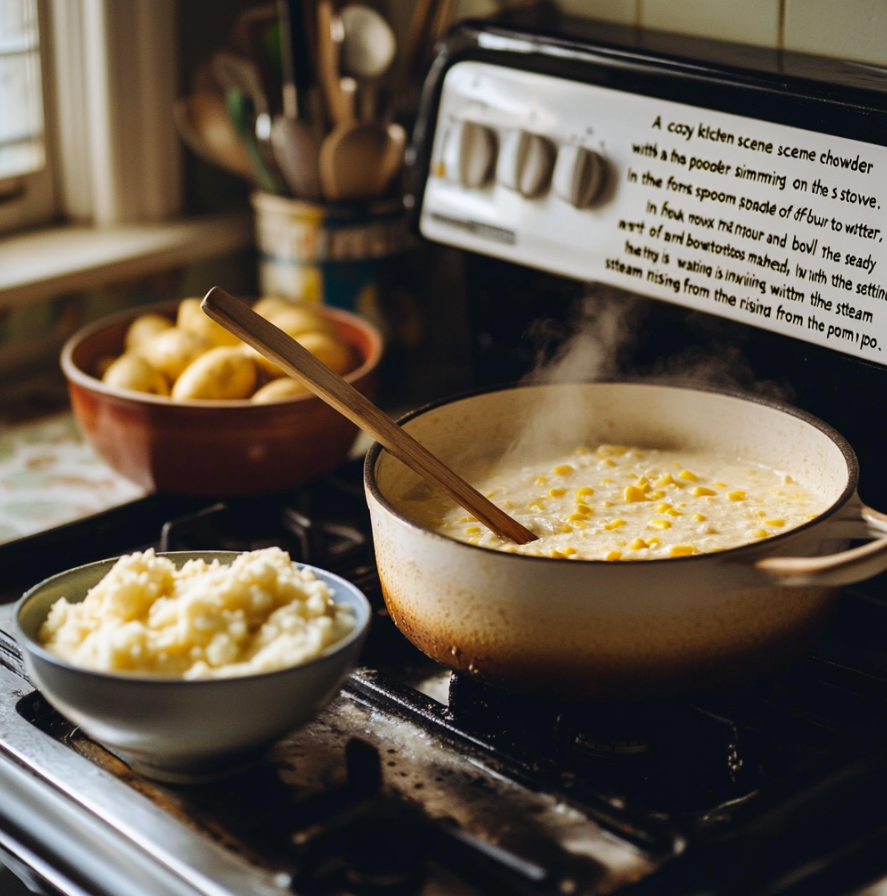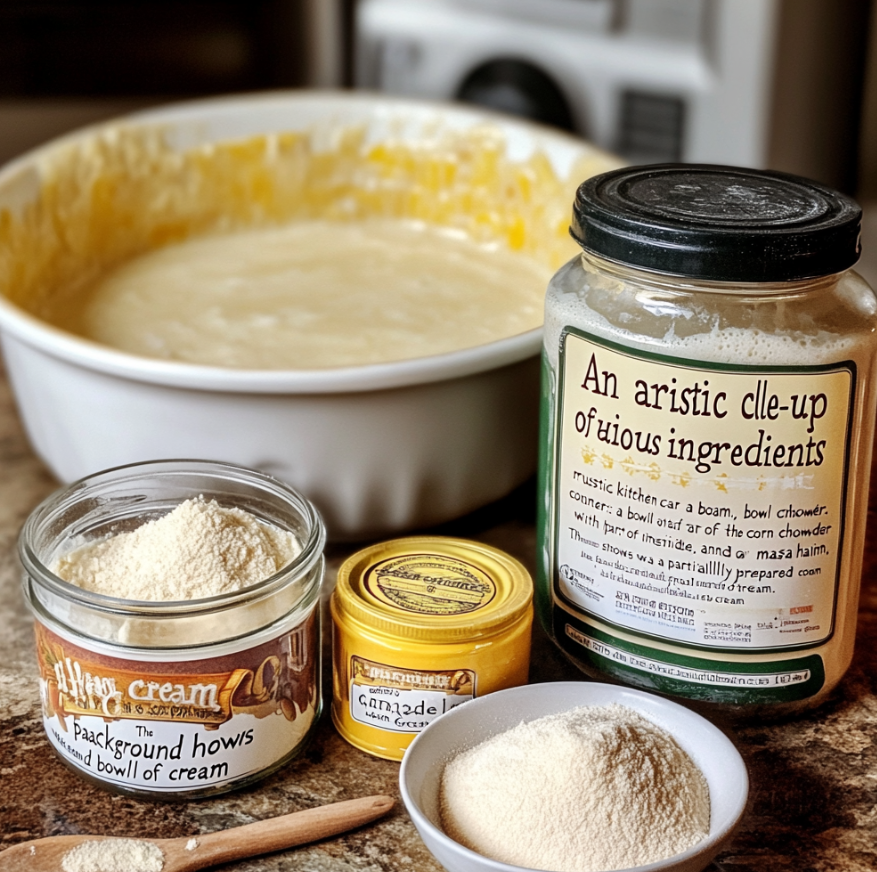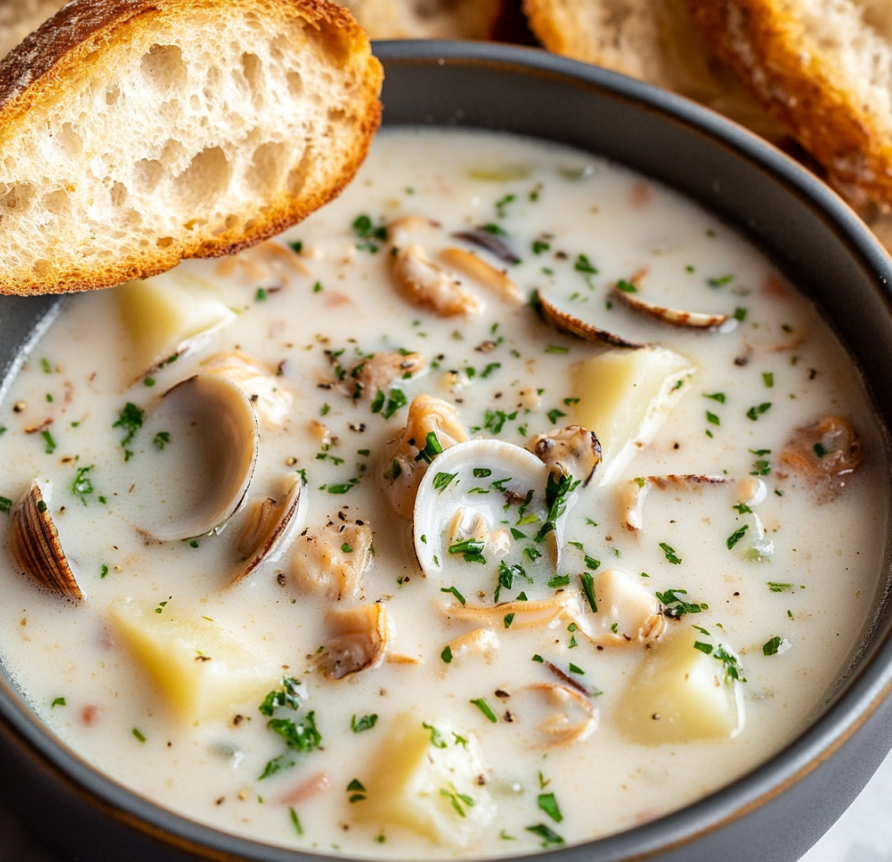Corn chowder is a comforting dish that’s best enjoyed with a rich and creamy texture. Achieving the perfect thickness is essential to making this chowder satisfying and delicious. Whether you’re looking for traditional methods or alternatives to suit dietary needs, there are several effective ways to thicken corn chowder.
Traditional Methods to Thicken Corn Chowder
Traditional thickening methods are often the first choice when preparing corn chowder. These techniques are reliable and straightforward, ensuring your chowder has the desired creamy consistency.
- Using Flour: One of the most common ways to thicken chowder is by using flour. You can create a roux by cooking equal parts flour and fat (such as butter) until golden, then gradually incorporating it into your chowder. Alternatively, a slurry made from flour and cold water can be stirred directly into the soup to achieve the same effect.
- Using Cornstarch: Cornstarch is another popular thickening agent. To avoid lumps, mix cornstarch with cold water before adding it to the chowder. Stir it in gradually, allowing the heat to activate its thickening properties.
- Adding Potatoes: Potatoes naturally thicken chowder as they cook and release starch. Mashing some of the cooked potatoes and stirring them back into the soup can enhance thickness and texture.
For additional tips on these methods, you might find the Panera Corn Chowder Recipe useful.

Alternative Thickening Methods
If you’re interested in exploring alternative methods, there are several options that can thicken corn chowder while adding unique flavors and textures.
- Using Cream or Milk: Adding dairy, such as cream or milk, can thicken the chowder while also enhancing its richness. Be careful not to boil the chowder after adding dairy to prevent curdling.
- Pureeing a Portion of the Chowder: For a naturally thick texture, blend a portion of the cooked chowder and mix it back into the pot. This method thickens the soup without the need for additional thickeners.
- Using Masa Harina or Cornmeal: Corn-based thickeners like masa harina or cornmeal can add thickness and a subtle corn flavor to your chowder. Simply sprinkle a small amount into the soup and stir until it thickens.
For more about achieving a creamy chowder consistency, the Panera Mexican Street Corn Chowder Ingredients article offers additional insights.

Thickening Without Flour or Dairy
If you have dietary restrictions or prefer to avoid flour and dairy, there are still plenty of ways to achieve a thick and creamy corn chowder.
- Using Beans or Lentils: Blending cooked beans or lentils into the chowder can add thickness while boosting the nutritional content with protein and fiber.
- Cauliflower or Root Vegetables: Pureeing cooked cauliflower or root vegetables like parsnips can create a thick, creamy base for your chowder without adding extra carbs or gluten.
- Nutritional Yeast: Nutritional yeast is a versatile thickener that also imparts a cheesy flavor, making it a great option for dairy-free chowder.
For a dairy-free version of corn chowder, check out the Why Did Panera Get Rid of Clam Chowder? article for more inspiration on how to adapt recipes to different dietary needs.
Tips for Achieving the Perfect Corn Chowder Consistency
Getting the right consistency in your corn chowder involves more than just adding thickening agents. Here are some tips to help you achieve that perfect texture:
- Adjusting the Amount of Liquid: Balance the liquid-to-solid ratio carefully. If your chowder is too thin, reduce the amount of broth or milk, or simmer the chowder longer to allow excess liquid to evaporate.
- Cooking Time and Temperature: Simmering the chowder gently allows it to thicken naturally as the ingredients cook and release their starches. Avoid boiling, which can break down the ingredients too quickly.
- Taste Testing and Adjustments: Regularly taste your chowder as it cooks. This helps you adjust the seasoning and thickness as needed, ensuring the final result is just right.

Common Mistakes to Avoid When Thickening Corn Chowder
While thickening corn chowder is generally straightforward, there are some common pitfalls to watch out for:
- Adding Too Much Thickener at Once: It’s important to add thickeners gradually. Adding too much at once can lead to an overly thick or gummy texture.
- Not Allowing Enough Cooking Time: Give your chowder enough time to thicken naturally. Rushing the process can result in a soup that’s too thin or has an uneven texture.
- Over-Blending the Chowder: While pureeing a portion of the chowder is an effective thickening method, over-blending can turn your chowder into a puree. Blend only a portion to maintain some texture.
FAQs About Thickening Corn Chowder
Can I thicken corn chowder with gluten-free options?
Yes, options like cornstarch, masa harina, and pureed vegetables are great gluten-free thickeners.
What’s the best way to thicken corn chowder without changing the flavor?
Pureeing a portion of the chowder or adding potatoes can thicken it without altering the flavor.
How do I fix corn chowder that’s too thin?
If your chowder is too thin, try simmering it longer to reduce the liquid, or add a slurry of cornstarch mixed with cold water.
Is it possible to thicken corn chowder without cooking it longer?
Yes, adding a slurry of cornstarch or flour can thicken the chowder quickly without additional cooking time.
Can I use alternative milks to thicken corn chowder?
Yes, alternative milks like almond or coconut milk can be used, though they may slightly alter the flavor.
Conclusion: Choosing the Best Method for Your Needs
Thickening corn chowder is an essential step in creating a hearty, satisfying dish. Whether you prefer traditional methods like using flour and cornstarch, or alternative options such as pureed vegetables or dairy substitutes, there’s a method that suits every dietary need and taste preference. By experimenting with different techniques, you can find the perfect consistency that makes your corn chowder truly comforting and delicious.

